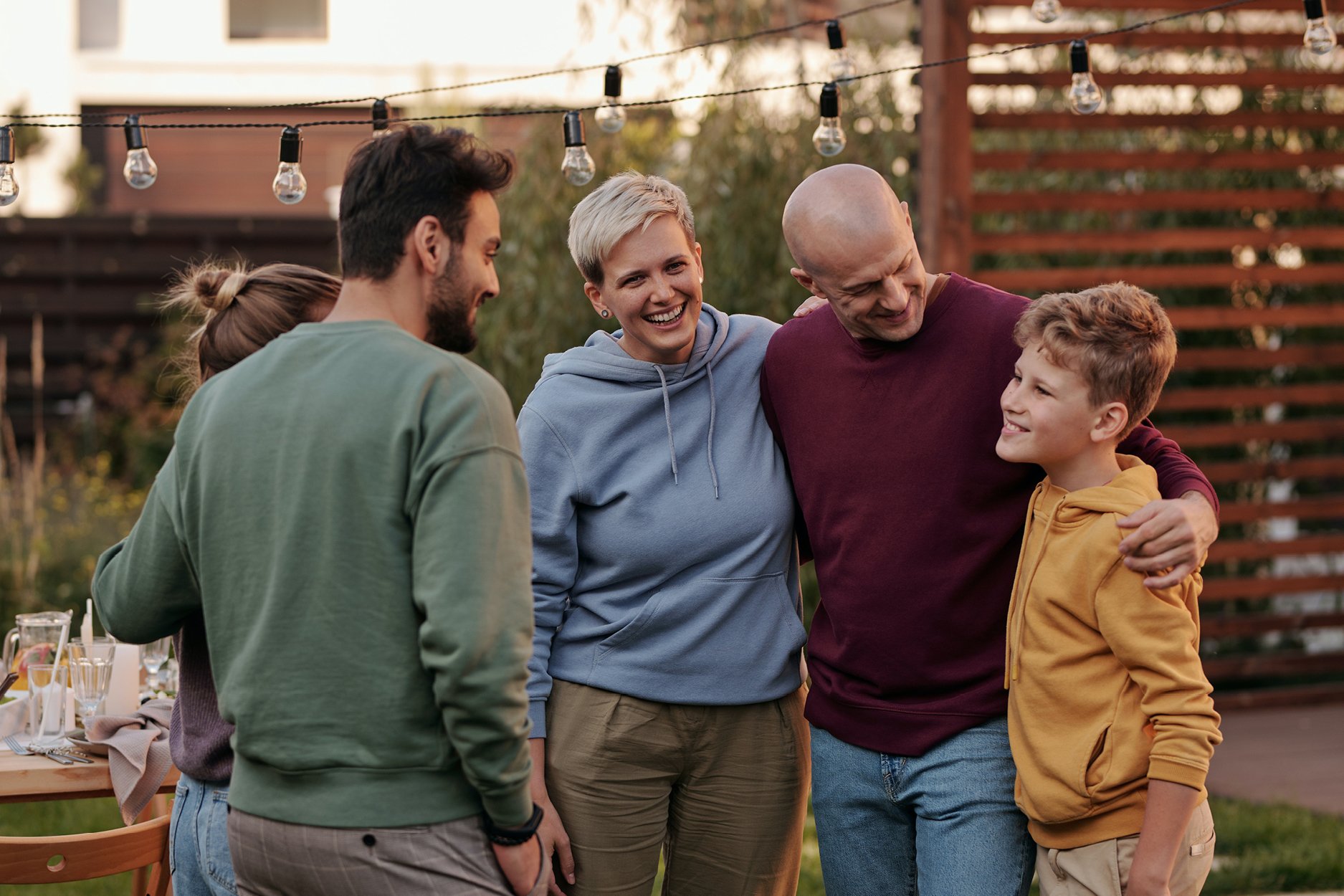Distraction or Addiction? How to Spot the Difference

Have you ever seen a little kid eat? Sometimes the parent will turn the spoon into an imagined airplane and make noises to get their child's attention. Maybe it's a choo-choo train. Maybe it's a spaceship. No matter the vessel, the parent is trying to distract the child from the mashed peas and get them to focus on something else. They are distracting the child, so they eat their dinner.
A distraction is something that stops us from giving our full attention to the task at hand. The parent making airplane noises distracts the child, causing them to ignore whatever mashed masterpiece is in the spoon and open wide. When it comes to addiction, a distraction can be just as helpful. A distraction can keep us from using by putting our focus elsewhere, and it can stop us from drinking by giving us another option. But here's the sneaky thing about distractions: they can turn into addictions. And if they go unnoticed, all we've done is transfer one problem to another.
Examples of Distractions
A distraction could be anything. It could be playing a video game when we feel an anxiety attack coming on to taking a shower when we are feeling overwhelmed with the need to smoke. We can phone a friend to distract us from negative feelings relating to drinking, or we could exercise to help release the trapped energy in the body that's led us to shoot up in the past. While these options are clearly better than using, there are hidden dangers lurking in the shadows. Let's see how quickly they can turn into an addiction of their own. Ashley has struggled with nicotine since she was 14 years old. At 20, she is almost one-year nicotine free. She learned to take long walks to beat the cravings, and it seems to be working for her. In the winter months, she decided to walk the mall because the roads were unsafe. She would mostly window shop, but once in a while, she would stop and buy a small item. Maybe a purse, maybe a shirt. This sounds harmless, but once the warm weather hit, Ashley stayed in the mall. It seems the worse the craving, the more likely it was for her to purchase something. She didn't realize the addiction started to transfer from nicotine to retail therapy. Kyle's addiction is following the same trend. After he stopped taking pills, thanks to an out-patient rehab program, he began playing video games to cope. He was playing for an hour a day after school to wind down instead of using, which is a great coping mechanism. But now, his gaming sessions are pushing three hours a day. He even missed his group therapy session the other night because he felt fine, when really, he was home gaming. You may be thinking, well, at least these kids aren't using a substance to cope, right? In one sense, yes, gaming and shopping won't kill you, but the real issue stems from their intention. Why are they both becoming addicted to these external activities? The short answer is that there are underlying feelings or traumas connected to their main addiction that need more time to process and get released. And when they game or shop, they are repressing those feelings or experiences which could quickly lead to relapse.Finding Balance
When people are addicted to a substance, there can be physical components at hand, but in most cases of addiction, there are also underlying issues the person is unaware of or refusing to face. Whether it's childhood trauma, a bad breakup, a toxic family situation, bullying or a traumatic event, addiction is looking to capitalize. It goes to the root of your fears and works its magic. If you drink or use, you don't have to feel the pain. If you drink, you can pass out without your mind racing. Addiction will pay millions to advertise those sentiments in your mind, heart, and soul. How do we combat the transference of addiction? Balance. Balance means we don't use something to the point of obsession. Balance means we can play video games for an hour or so, and then stop to do something else. It means managing our money and buying what we need, not buying what we want to fill a void. That doesn't mean we can't follow the treat yo self model, but if we treat too much, we aren't being financially or environmentally responsible. Balancing means taking time for all things. It means being responsible for doing the chores and going to school/work while also taking time to regroup and have fun. It means doing the things we need to do and making sure we have the same amount of time for self-care and enjoyable moments.It's common for addiction to shapeshift into other forms beyond our initial reason for treatment. If you or an adolescent you know is struggling to find balance when it comes to addiction, call Stonewater Adolescent Recovery Center today at (662) 478-9463. Getting help isn't always easy, but the staff at Stonewater is ready to support your emotional, physical, and spiritual needs. Let us help you find balance without substance.

.jpg)

